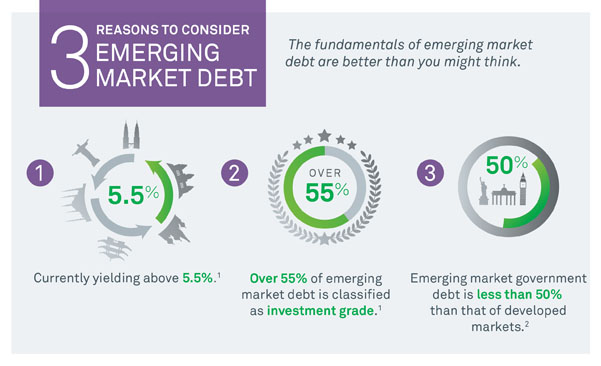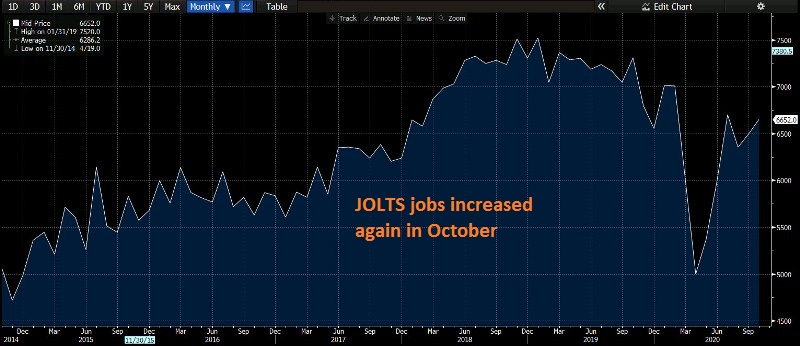
The most promising healthcare stocks to invest in are those that work in pharmaceuticals and biotechnology. From Johnson & Johnson to Vertex Pharmaceuticals to Halozyme Therapeutics, you'll find companies that have plenty of potential. But which ones are the best? Here's a look at a few to get you started. Then, read our other healthcare stock recommendations. We've covered everything from Vertex Pharmaceuticals to Johnson & Johnson.
Vertex Pharmaceuticals
Vertex Pharmaceuticals is a biotech company that develops small molecules for serious diseases. Its focus is on viral infections, cystic flaccidis and infectious diseases. It has a strong pipeline, and is the only company that specializes in cystic fibrosis. Its shares have outperformed the S&P500 in the past nine months. However, recent financial ratio improvements suggest that this might be changing.
Vertex has a lot of potential, despite the disappointing results from its clinical trials. Vertex is currently developing gene editing therapies to treat cystic fibrosis. It has also seen promising results with sickle cell disease. It is also working with famed biotech Moderna on mRNA therapies for CF. It's a great stock to keep an eye on. If you're looking for a high-growth biotechnology stock, Vertex Pharmaceuticals is one of the best options.

Johnson & Johnson
For investors seeking a growth stock, Johnson &Johnson is one of the best. This multinational company is the Dividend Kings, paying out dividends to shareholders for over 59 decades. It has managed to keep its dividend levels even in tough markets. Johnson & Johnson's dividend yield today is 2.59%. This is much higher than the 1.3% average yield on the S&P 500 Index. Recently, the company declared a quarter dividend payout of $1.06 per Share for Q1-2022. J&J is proving itself to be a smart investor by announcing an increase in the dividend payment.
The company's pharmaceutical business is another good option for investors. Imbruvica is a new drug approved by the company for patients with lymphocyticleukemia. It extended the time until the cancer progressed, and it improved overall survival. Darzalex, a drug that treats cancer and improves immunology, has also been patent by the company. Balversa is a new drug being developed for multiple myeloma. It has demonstrated encouraging results in multiple clinical trials, including a phase 2 study with a patient with a genetic defect.
Intuitive Surgical
Stocks are a great investment choice for those who want to make a profit while also enjoying a high price/earnings ratio. Its third quarter net revenue was $1.4billion and its top line growth rate is consistent. Additionally, it has a growing installed base around the world and is performing more surgeries than ever before. Despite Intuitive Surgical not being one of the most desirable stocks, the current value is reasonable considering its potential growth.
Intuitive Surgical is a leader in medical robotics. The technology's popularity is increasing around the world. The company already has more than six thousand da Vinci systems installed globally, and these numbers will only increase. This is especially true in light of robotic-assisted surgical technology becoming more common. This is only 3 percent of all surgeries currently. Intuitive Surgery is well-positioned for this growth as robotic surgery will become more common in more hospitals.

Halozyme Therapeutics
Halozyme Therapeutics, a biotech company, has seen a surge in recent months. Its January low of late January was nearly three times its annual average. Allison Gatlin, IBD's stock analyst, gives a thorough overview of the stock's recent gains. The current price of the biotech stock is $34 per shares. Despite its rocky start, Halozyme has been steadily increasing in recent months.
The company's revenue growth has been aided by the continued development in pharmacy. As it continues to develop strategic partnerships with pharmaceutical firms, its royalty percentage is steadily rising. It currently has 11 collaborative agreements and its royalty rate is increasing. The company hopes to have ten approved products by 2025. It also plans to test five additional products in their third-phase trials. This is due to the continued development of new treatments for breast cancer such as Halozyme’s PEGPH20 technology.
FAQ
Why is a stock called security.
Security is an investment instrument whose value depends on another company. It can be issued as a share, bond, or other investment instrument. The issuer can promise to pay dividends or repay creditors any debts owed, and to return capital to investors in the event that the underlying assets lose value.
What is a Stock Exchange and How Does It Work?
Companies can sell shares on a stock exchange. Investors can buy shares of the company through this stock exchange. The market sets the price of the share. It is usually based on how much people are willing to pay for the company.
The stock exchange also helps companies raise money from investors. Investors invest in companies to support their growth. They do this by buying shares in the company. Companies use their money as capital to expand and fund their businesses.
Stock exchanges can offer many types of shares. Some are known simply as ordinary shares. These are most common types of shares. Ordinary shares are bought and sold in the open market. Prices for shares are determined by supply/demand.
Other types of shares include preferred shares and debt securities. When dividends are paid, preferred shares have priority over all other shares. Debt securities are bonds issued by the company which must be repaid.
What is a bond?
A bond agreement between 2 parties that involves money changing hands in exchange for goods or service. It is also known by the term contract.
A bond is usually written on paper and signed by both parties. The document contains details such as the date, amount owed, interest rate, etc.
The bond is used for risks such as the possibility of a business failing or someone breaking a promise.
Bonds are often used together with other types of loans, such as mortgages. This means that the borrower must pay back the loan plus any interest payments.
Bonds can also be used to raise funds for large projects such as building roads, bridges and hospitals.
The bond matures and becomes due. The bond owner is entitled to the principal plus any interest.
If a bond does not get paid back, then the lender loses its money.
How are securities traded?
Stock market: Investors buy shares of companies to make money. In order to raise capital, companies will issue shares. Investors then purchase them. When investors decide to reap the benefits of owning company assets, they sell the shares back to them.
Supply and Demand determine the price at which stocks trade in open market. The price rises if there is less demand than buyers. If there are more buyers than seller, the prices fall.
There are two ways to trade stocks.
-
Directly from your company
-
Through a broker
Statistics
- Our focus on Main Street investors reflects the fact that American households own $38 trillion worth of equities, more than 59 percent of the U.S. equity market either directly or indirectly through mutual funds, retirement accounts, and other investments. (sec.gov)
- Ratchet down that 10% if you don't yet have a healthy emergency fund and 10% to 15% of your income funneled into a retirement savings account. (nerdwallet.com)
- The S&P 500 has grown about 10.5% per year since its establishment in the 1920s. (investopedia.com)
- Individuals with very limited financial experience are either terrified by horror stories of average investors losing 50% of their portfolio value or are beguiled by "hot tips" that bear the promise of huge rewards but seldom pay off. (investopedia.com)
External Links
How To
How to Invest in Stock Market Online
Stock investing is one way to make money on the stock market. There are many ways to do this, such as investing through mutual funds, exchange-traded funds (ETFs), hedge funds, etc. The best investment strategy is dependent on your personal investment style and risk tolerance.
First, you need to understand how the stock exchange works in order to succeed. This includes understanding the different investment options, their risks and the potential benefits. Once you know what you want out of your investment portfolio, then you can start looking at which type of investment would work best for you.
There are three main types of investments: equity and fixed income. Equity refers to ownership shares of companies. Fixed income refers to debt instruments such as bonds and treasury notes. Alternatives include commodities and currencies, real property, private equity and venture capital. Each option comes with its own pros and con, so you'll have to decide which one works best for you.
You have two options once you decide what type of investment is right for you. One strategy is "buy & hold". You purchase some of the security, but you don’t sell it until you die. The second strategy is "diversification". Diversification means buying securities from different classes. If you purchased 10% of Apple or Microsoft, and General Motors respectively, you could diversify your portfolio into three different industries. Multiple investments give you more exposure in different areas of the economy. You can protect yourself against losses in one sector by still owning something in the other sector.
Another key factor when choosing an investment is risk management. Risk management will allow you to manage volatility in the portfolio. A low-risk fund could be a good option if you are willing to accept a 1% chance. However, if a 5% risk is acceptable, you might choose a higher-risk option.
Learning how to manage your money is the final step towards becoming a successful investor. Managing your money means having a plan for where you want to go financially in the future. A good plan should cover your short-term goals, medium-term goals, long-term goals, and retirement planning. That plan must be followed! Don't get distracted by day-to-day fluctuations in the market. Your wealth will grow if you stick to your plan.